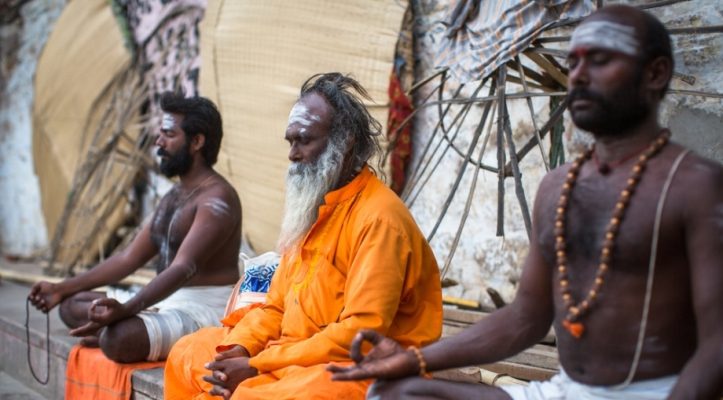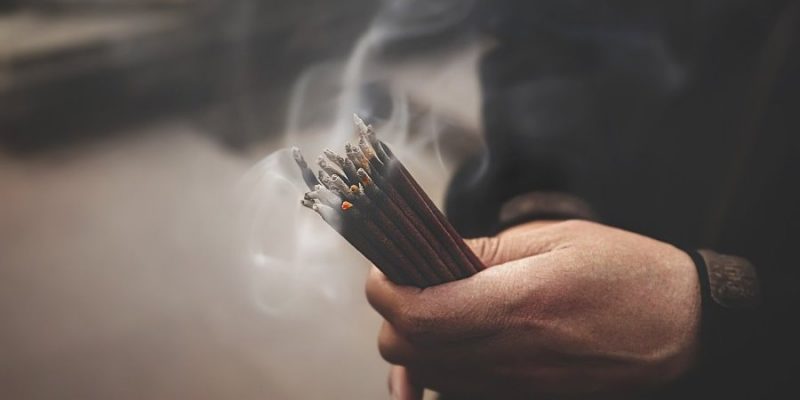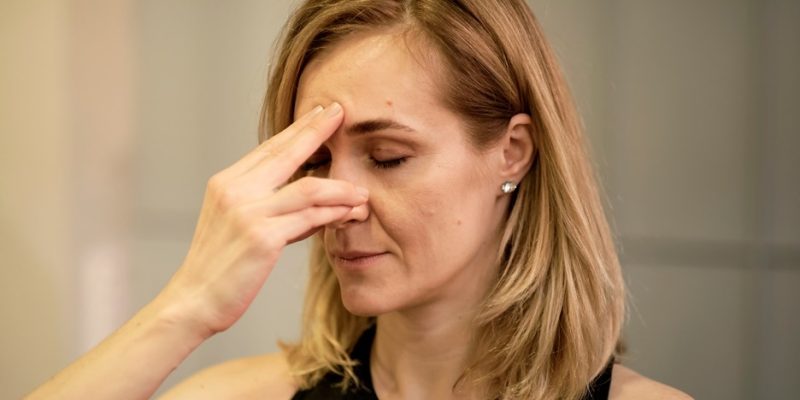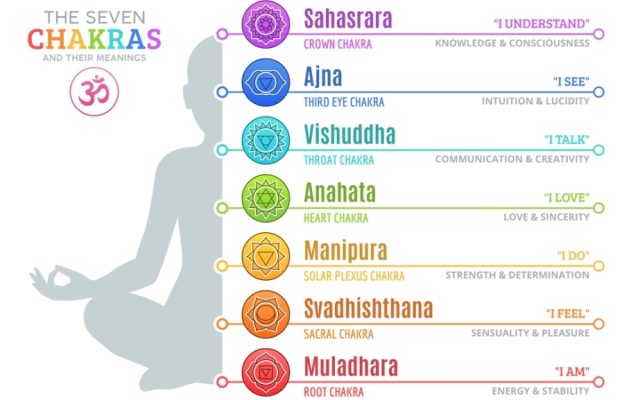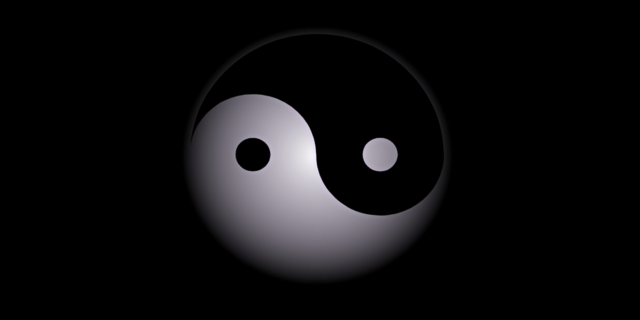
In this article, we’ll explore the so-called “Third Eye” as both a spiritual concept and a physical acupressure point such as known in Yoga, Ayurveda, Tantra, Thai Massage, Taoism, and Traditional Chinese Medicine (TCM).
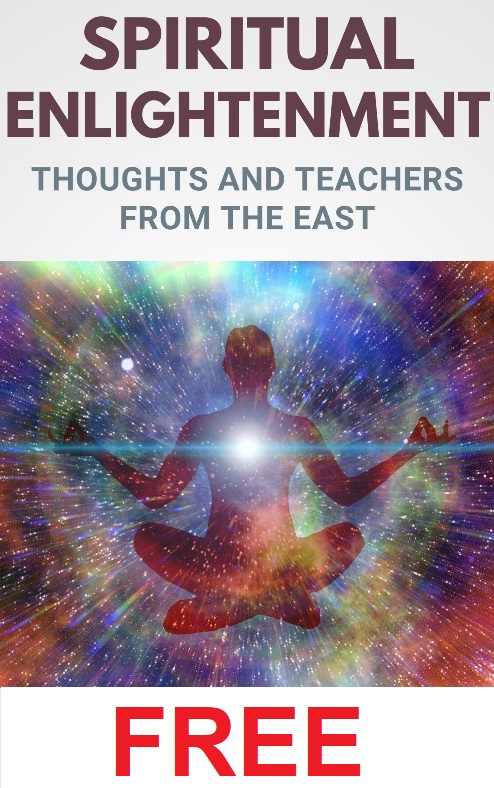
The Third Eye or Inner Eye is not a perceptible, physical eye but rather a mental or spiritual ability that provides “extraordinary sight” beyond our normal ways of seeing. It’s thought that this “eye” or “gate” is located on the forehead, either precisely between the eyebrows or a bit above eyebrow level, but in any case on the midline of the face and head.
The concept is notably known in the East, in many Asian countries and in Hinduism, Taoism, and Buddhism. The Third Eye is often depicted as a mark on the forehead, called a Bindu (or Bindi) or alternatively a Tilaka (or Tika) in Hinduism, and an Urna in Buddhism (see the lead image of this article).
It’s thought that when the Third Eye is “open” or “active” it will provide clarity of mind, deepened intuition, precognition, profound insight in the nature of the world and universe, full conscious awareness beyond the ordinary level, the ability to see Life Force Energy flow and Energy Channels in the body, clear seeing and understanding, psychic abilities, higher knowledge, inner wisdom, release of the ego, creativity, imagination, and higher intellect. The active Third Eye is typically associated with spiritual growth and spiritual enlightenment.
Ayurveda, Yoga, and Tantra

In Hinduism, Yoga, Ayurveda, and Tantra the Third Eye location is known as the Ajna Chakra (or Third Eye Chakra), being the sixth major Chakra when counted from the perineum to the top of the head.
In addition, the physical location of the Third Eye is associated with the Sthapani Marma Point (Ayurvedic-Yogic acupressure point). Therapeutically treating this Marma Point with acupressure techniques — called Marma Chikitsa — is indicated for headaches, anxiety, stress, insomnia, concentration issues, and mental clarity.
It’s also thought that the three principal Yoga Nadis — Ida Nadi, Pingala Nadi, and Sushumna Nadi — meet or cross at the Third Eye location, which is called the Triveni Point (Triveni means “three streams”) or Mukta Triveni Point (Mukta means “liberated”).
Thai Massage and Thai Healing Arts
As a Thai Acupressure Point, the Third Eye location can be found on the Sen Sumana Extension Energy Line on the midline of the face just above the eyebrows.
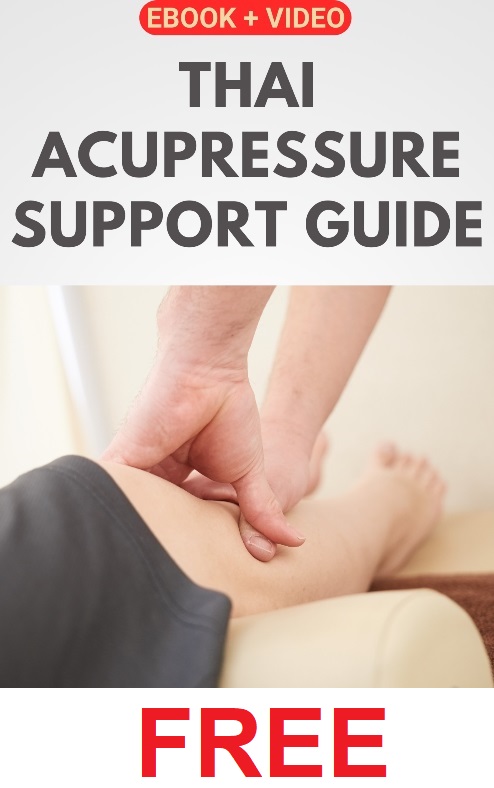
Nevertheless, depending on the Thai Massage Sen Line lineage, it may alternatively lie on a combined branch of Sen Ittha and Sen Pingkhala. To understand this, we will describe the trajectories of those Sib Sen Lines according to this different Sen Line lineage.
So, in the latter case, Ittha and Pingkhala become three Sen Lines at the base of the skull (at the back of the head). Two outer branches then each go over the head and end at the temples at the side of the head, and an inner branch continues by going over the head (along the midline of the head) up to the Third Eye where this continued branch splits again into two Sen Energy Lines each going to a different nostril (the left nostril for Sen Ittha and the right nostril for Sen Pingkhala) to end there.
At any rate, in Thai Massage this pressure point is indicated for general relaxation, dizziness, fainting, fatigue, insomnia, psychological disorders, and headaches.
Traditional Chinese Medicine and Taoism

In TCM and Taoism, the Third Eye locations corresponds with acupoint YinTang or Yin Tang (EX-HN3). It’s a so-called “extra point” not associated with TCM Energy Meridians or Extraordinary Vessels, although it can be found along the Governing Vessel Meridian (Du Mai); it remains a mystery why this point is not associated with this TCM Vessel Meridian.
At any rate, treating the YinTang acupoint is indicated for headaches, a “heavy head,” facial pains, insomnia, infantile convulsion, a runny nose, nosebleed, nasal congestion, and also used to calm the mind by relieving it from stress and anxiety.
In Taoism, it’s also associated with the Upper Dantian (which is often referred to as the Third Eye), a point that’s used in Qigong and Taoist Inner Alchemy practices. The Dantian are Life Force Energy transformation centers, part of the Taoist Microcosmic Orbit. The Dantian could be compared to the Indian Chakras.







